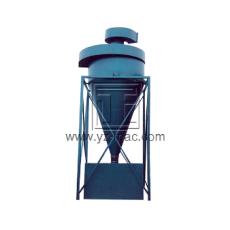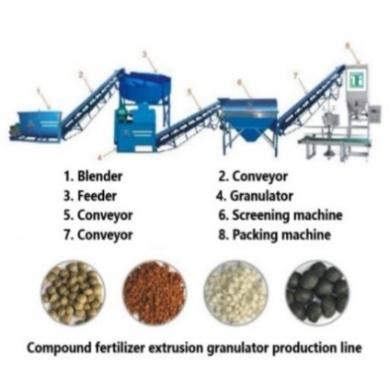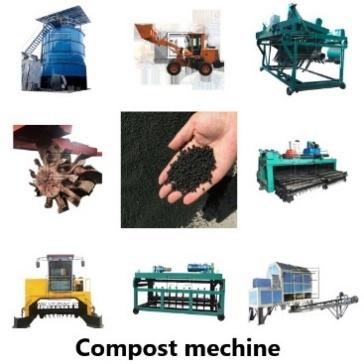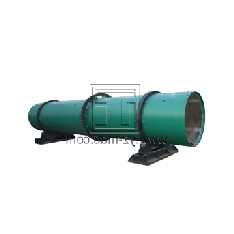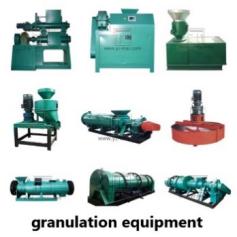Cyclone
A cyclone is a type of industrial separator that is used to separate particles from a gas or liquid stream based on their size and density. Cyclones work by using centrifugal force to separate the particles from the gas or liquid stream.
A typical cyclone consists of a cylindrical or conical shaped chamber with a tangential inlet for the gas or liquid stream. As the gas or liquid stream enters the chamber, it is forced to rotate around the chamber due to the tangential inlet. The rotating motion of the gas or liquid stream creates a centrifugal force that causes the heavier particles to move towards the outer wall of the chamber, while the lighter particles move towards the center of the chamber.
Once the particles reach the outer wall of the chamber, they are collected in a hopper or other collection device. The cleaned gas or liquid stream then exits through an outlet at the top of the chamber.
Cyclones are commonly used in a variety of industrial applications, such as in the petrochemical, mining, and food processing industries, to separate particles from gases or liquids. They are popular because they are relatively simple to operate and maintain, and they can be used to separate particles from a wide range of gas or liquid streams.
However, there are also some potential drawbacks to using a cyclone. For example, the cyclone may not be effective at removing very small or very fine particles from the gas or liquid stream. Additionally, the cyclone may generate a significant amount of dust or other emissions, which can be a safety hazard or environmental concern. Finally, the cyclone may require careful monitoring and maintenance to ensure that it is operating efficiently and effectively.


